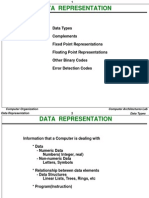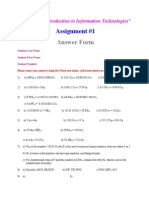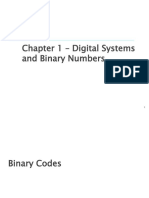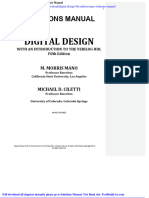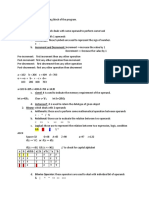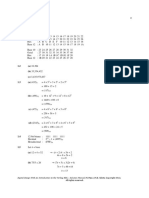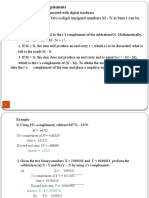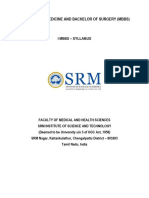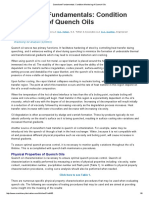0% found this document useful (0 votes)
7 views26 pages7 Data Error
The document discusses various data representation methods, including fixed point and floating point systems, as well as error detection and correction techniques in data communication. It covers binary systems, character encoding like ASCII and Unicode, and introduces concepts such as truncation errors and Gray code. Additionally, it explains error detection codes like parity bits and checksums, and error correction methods such as Hamming codes.
Uploaded by
liftuphamCopyright
© © All Rights Reserved
We take content rights seriously. If you suspect this is your content, claim it here.
Available Formats
Download as PDF, TXT or read online on Scribd
0% found this document useful (0 votes)
7 views26 pages7 Data Error
The document discusses various data representation methods, including fixed point and floating point systems, as well as error detection and correction techniques in data communication. It covers binary systems, character encoding like ASCII and Unicode, and introduces concepts such as truncation errors and Gray code. Additionally, it explains error detection codes like parity bits and checksums, and error correction methods such as Hamming codes.
Uploaded by
liftuphamCopyright
© © All Rights Reserved
We take content rights seriously. If you suspect this is your content, claim it here.
Available Formats
Download as PDF, TXT or read online on Scribd
/ 26






